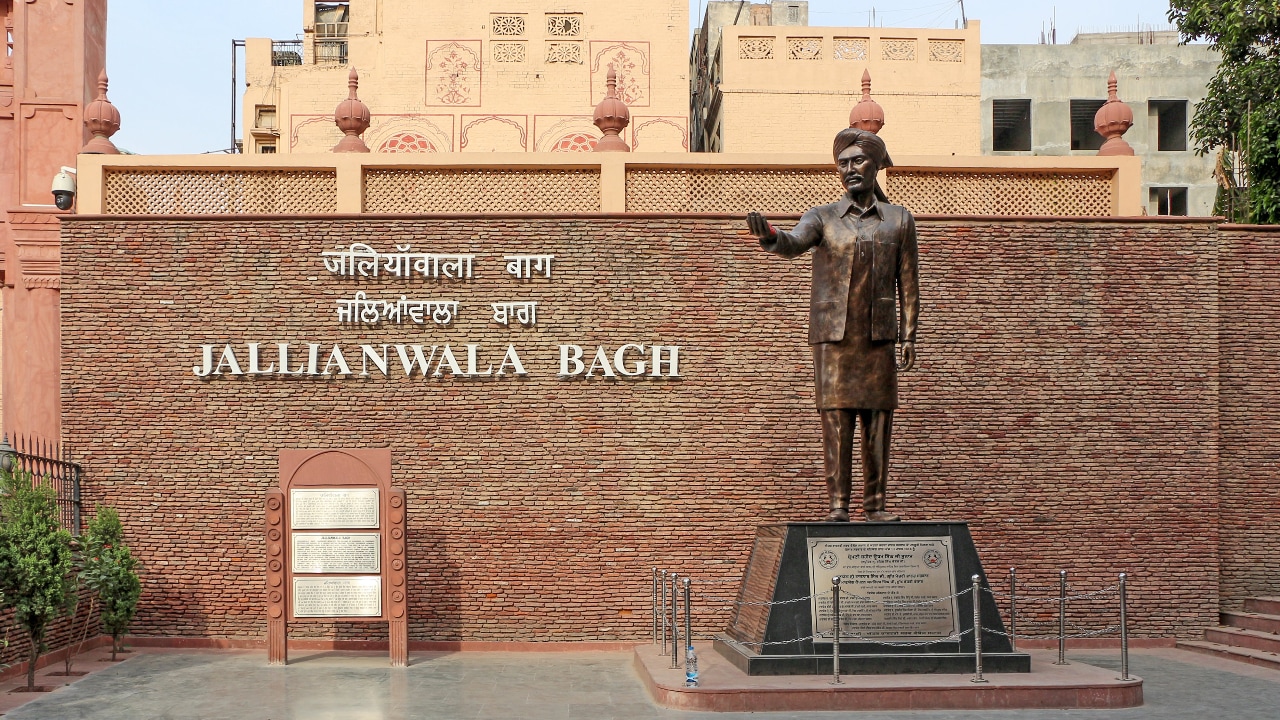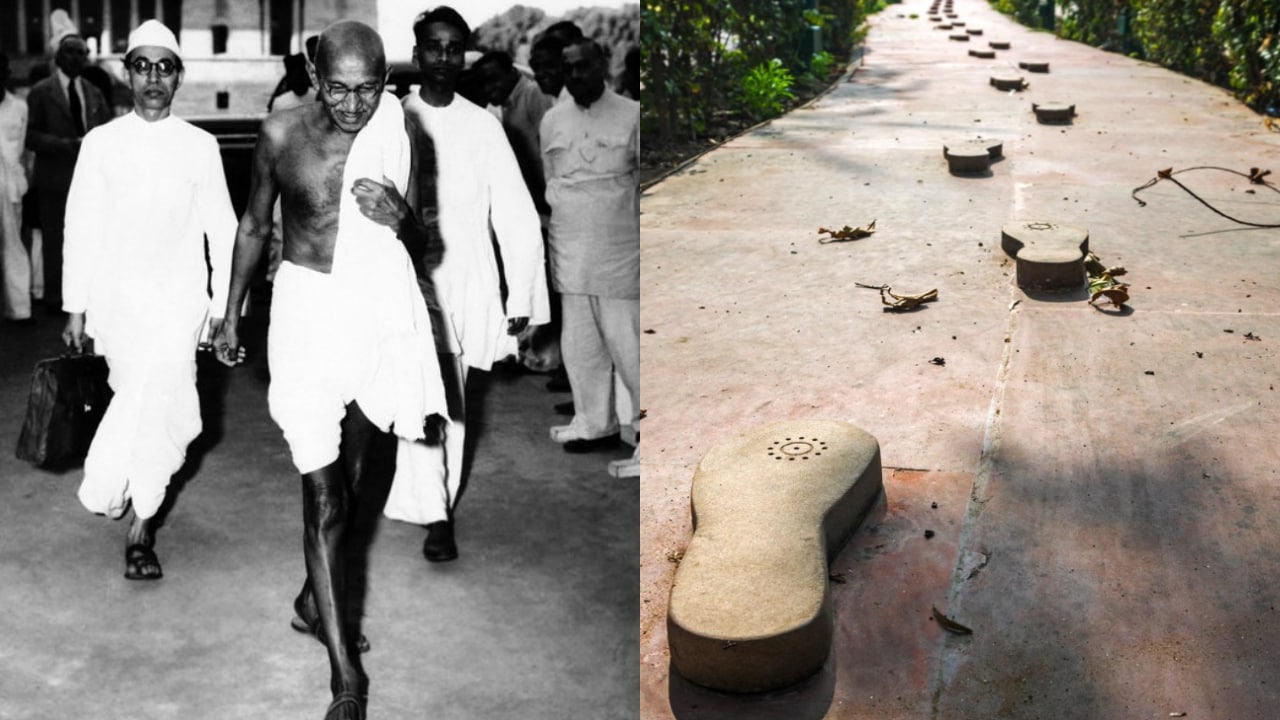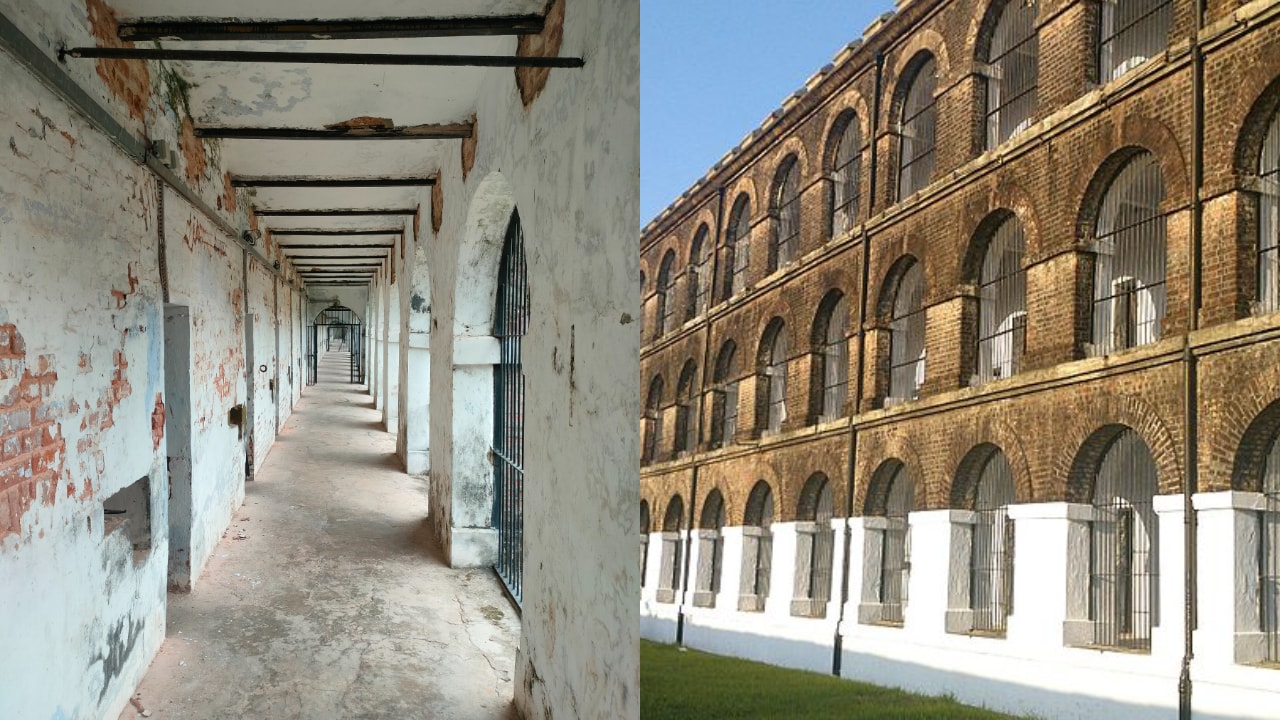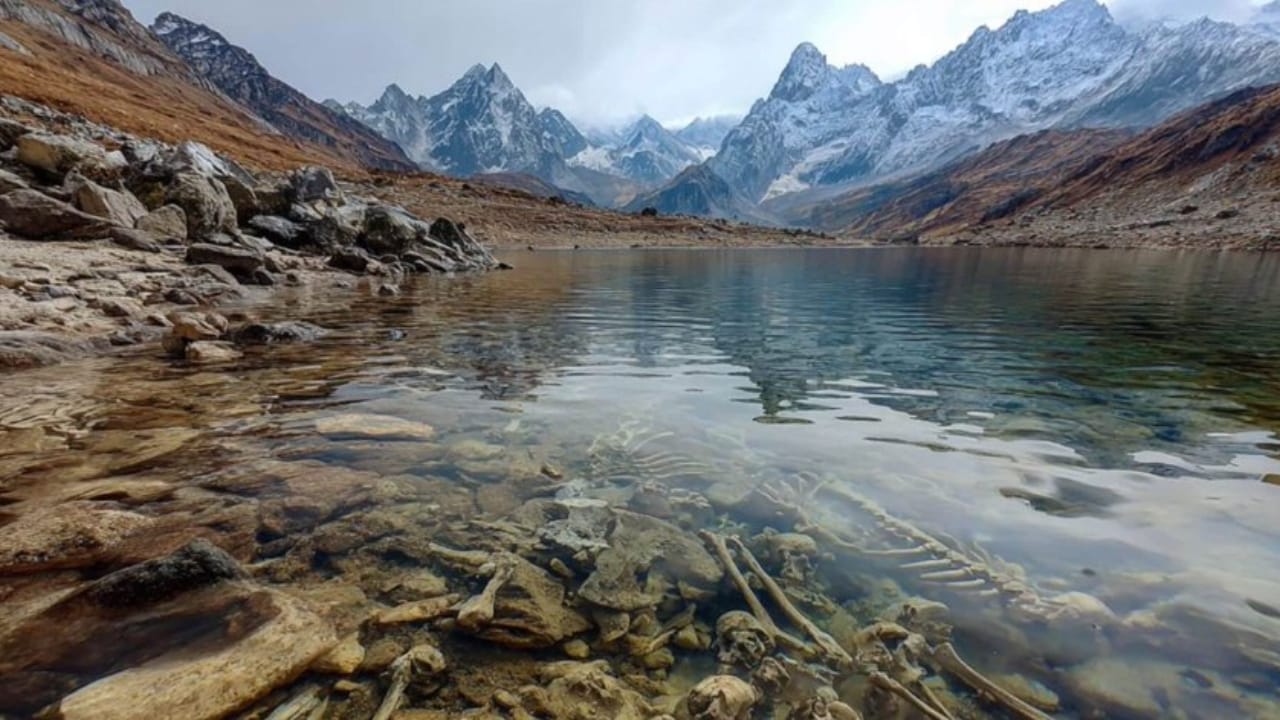Discover dark tourism in India through 7 haunting sites linked to tragedy, history, and resilience. From Jallianwala Bagh to Roopkund, explore why travelers visit these places of pain and remembrance.
Tourism is often associated with joy, exploration, and discovering new cultures. Yet, there is a fascinating segment of tourism that takes travellers to places marked by pain, tragedy, and historical trauma. This is known as dark tourism. It involves visiting sites linked to death, disasters, tragedies, or eerie mysteries. Such places are not only reminders of suffering but also serve as important markers of history, culture, and resilience.
What Is Dark Tourism?
Dark tourism refers to visiting places associated with tragedy, death, suffering, or eerie mysteries. These sites may include battlefields, prisons, memorials, disaster zones, or locations of violent events.
While it may seem grim, dark tourism helps keep history alive. It gives travellers an opportunity to reflect on the past, understand human resilience, and pay respect to victims of injustice, wars, and disasters.
7 Dark Tourism Sites In India
Jallianwala Bagh, Punjab
On April 13, 1919, thousands of Indians gathered at Jallianwala Bagh in Amritsar for a peaceful protest. Surrounded by walls and a narrow exit, they were mercilessly fired upon by British troops under General Dyer. Hundreds were killed on the spot. Today, bullet marks on the walls still bear witness to this massacre, making it one of India’s most visited dark tourism sites.

Gandhi Smriti, Delhi
Gandhi Smriti in New Delhi is where Mahatma Gandhi spent the last 144 days of his life before his assassination in 1948. His final footsteps are immortalized with metal footprints, and the residence now houses the Eternal Gandhi Multimedia Museum. It is both a site of mourning and reflection on Gandhi’s vision of peace.

Cellular Jail (Kala Pani), Andaman & Nicobar Islands
The Cellular Jail in Port Blair, also called Kala Pani, was one of the harshest prisons during British rule. Freedom fighters were confined in solitary cells, tortured, and cut off from the world. The jail’s haunting silence and light-and-sound shows narrating the prisoners’ stories make it a key site of dark tourism.

Taj Palace Hotel, Maharashtra
In November 2008, the Taj Palace Hotel in Mumbai became the target of one of the deadliest terrorist attacks in India. Though the hotel has been restored to its former glory, it stands as a reminder of the horrific night when many lives were lost. Visitors often come here to admire its resilience as much as its luxury.

Roopkund (Skeleton Lake), Uttarakhand
At first glance, Roopkund Lake looks like a serene glacial waterbody. But as the snow melts, hundreds of human skeletons appear—remains believed to be from a 9th-century group that perished in a violent hailstorm. Its mystery, combined with breathtaking Himalayan scenery, makes it a haunting yet popular trekking destination.

Shaniwarwada Fort, Maharashtra
The grand Shaniwarwada Fort in Pune, once the seat of the Peshwas, was partly destroyed by fire in 1828. Legends of betrayal, murder, and hauntings surround its ruins, making it both historically significant and eerily fascinating for visitors.

Wagah-Attari Border, Punjab
Every evening, the flag-lowering ceremony at the Wagah-Attari border near Amritsar draws thousands of spectators. Though it symbolizes rivalry, it also reflects unity and cooperation between Indian and Pakistani forces. Linked to the tragic Partition of 1947, the site remains an emotional reminder of sacrifice and division.
Why Do People Visit Dark Tourism Sites?
Dark tourism attracts travellers for many reasons:
- To connect with the true, often painful history of a nation.
- To honor and remember the victims and freedom fighters.
- To experience the mystery, emotion, and atmosphere of such places.
- To ensure that the stories of loss and resilience are not forgotten.
Ultimately, these sites are not just about tragedy, they are about learning, reflection, and remembrance. Visiting them helps us understand how the past shapes the present and why history, even its darkest chapters, must be remembered.
